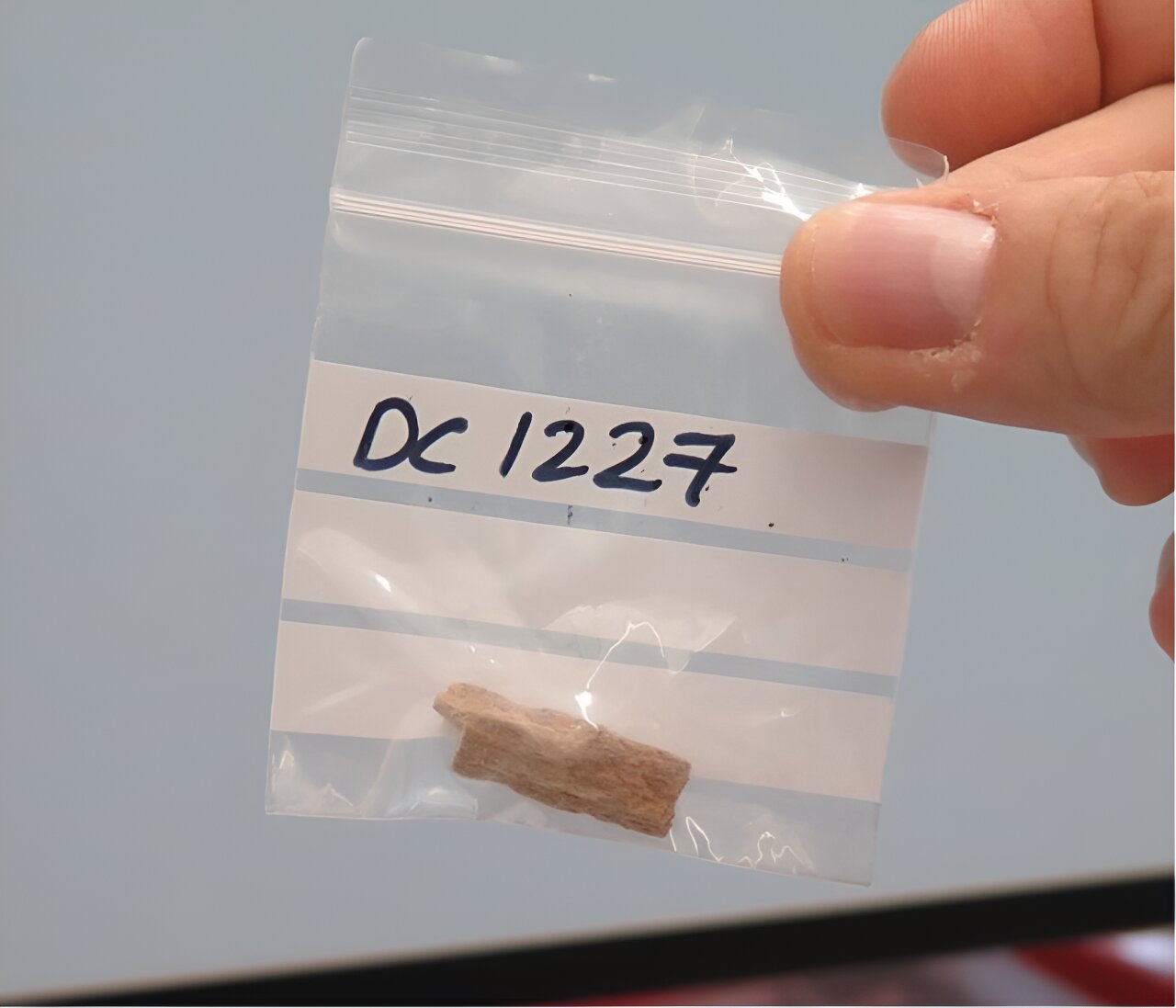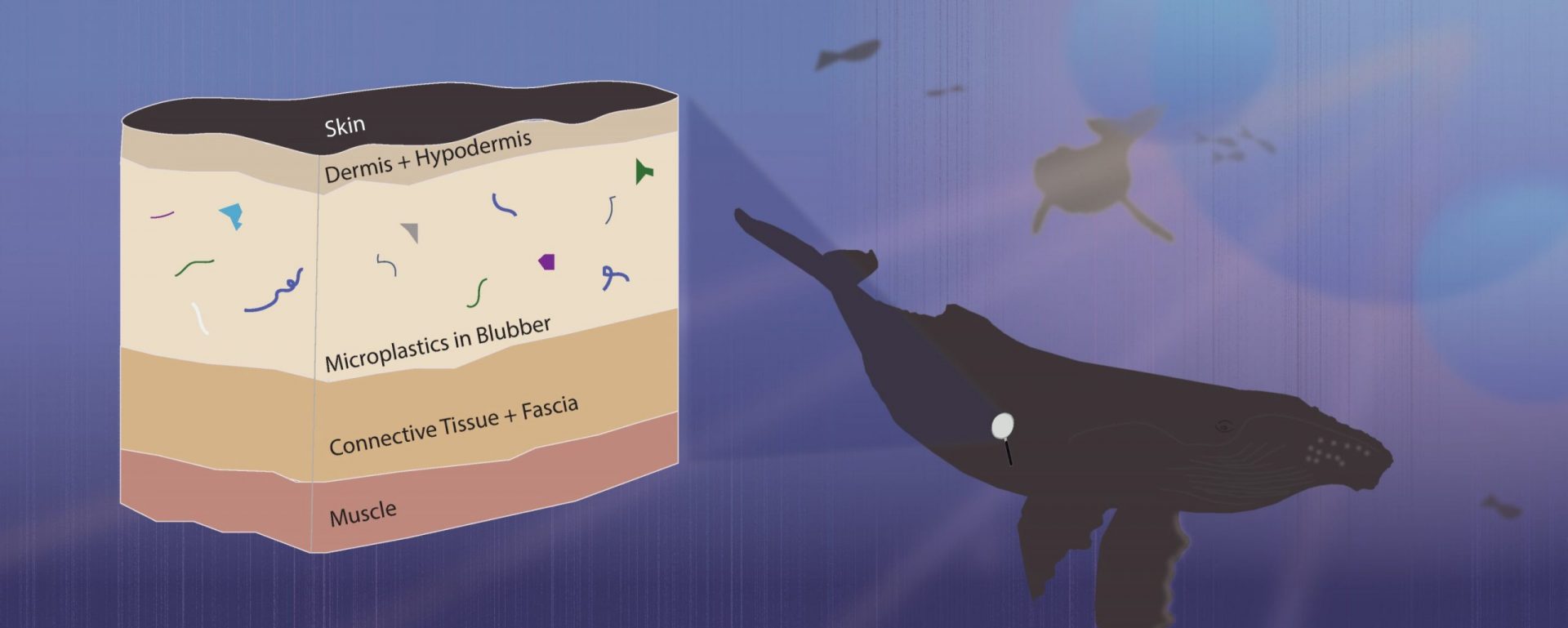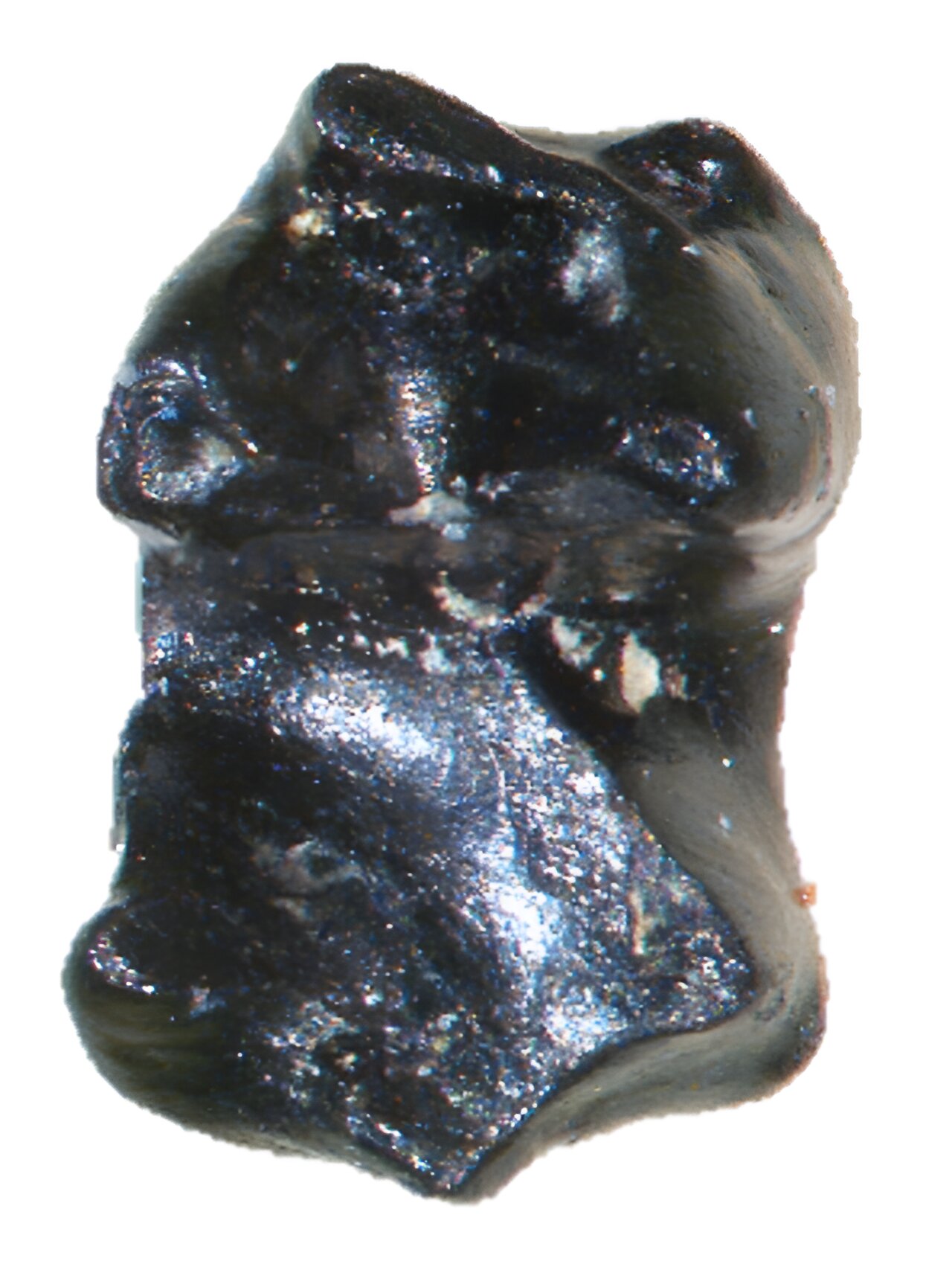A groundbreaking study recently published in the prestigious journal Science reveals that the interbreeding of early human species was heavily influenced by changes in atmospheric CO2 levels and shifts in climate and vegetation. These findings shed new light on the complex history of human evolution.
Modern-day humans carry traces of DNA from other human species, including Neanderthals and Denisovans. In 2018, scientists made a groundbreaking discovery when they identified an individual named Denny, who lived 90,000 years ago and had a Denisovan father and a Neanderthal mother. This finding suggests that interbreeding was common among different hominin species, not just Homo sapiens.
Traditionally, scientists rely on paleo-genomic analysis of rare fossil specimens to understand when and where human hybridization occurred. However, in this new study, a team of climate experts and paleo-biologists took a different approach. By combining paleo-anthropological evidence, genetic data, and supercomputer simulations of past climates, they found that Neanderthals and Denisovans had different environmental preferences.
Denisovans were adapted to cold environments, such as boreal forests and tundra, while Neanderthals preferred temperate forests and grasslands. This geographical separation of habitats meant that encounters and interactions between the two species were limited. However, during warm interglacial periods, when the Earth’s orbit was more elliptic and the northern hemisphere experienced closer proximity to the sun, the habitats of Neanderthals and Denisovans overlapped. This increased the chances of interbreeding.
The team’s computer simulations not only provide a climatic context for individuals like Denny but also align with other known episodes of interbreeding that occurred around 78,000 and 120,000 years ago. The researchers also discovered that elevated atmospheric CO2 concentrations and mild interglacial conditions caused the expansion of temperate forests into central Eurasia, creating pathways for Neanderthals to enter Denisovan lands.
One of the challenges faced by the researchers was estimating the preferred climatic conditions for Denisovans due to limited data. However, they developed new statistical tools that accounted for ancestral relationships among human species. Surprisingly, they found that apart from Russia and China, northern Europe would have been a suitable environment for Denisovans.
Further genetic analyses of Denisovan ancestry in European populations may reveal whether Denisovans ever lived west of the Altai mountains. This research has the potential to provide valuable insights into early human dispersal, habitat encroachment, and genetic diversification.








